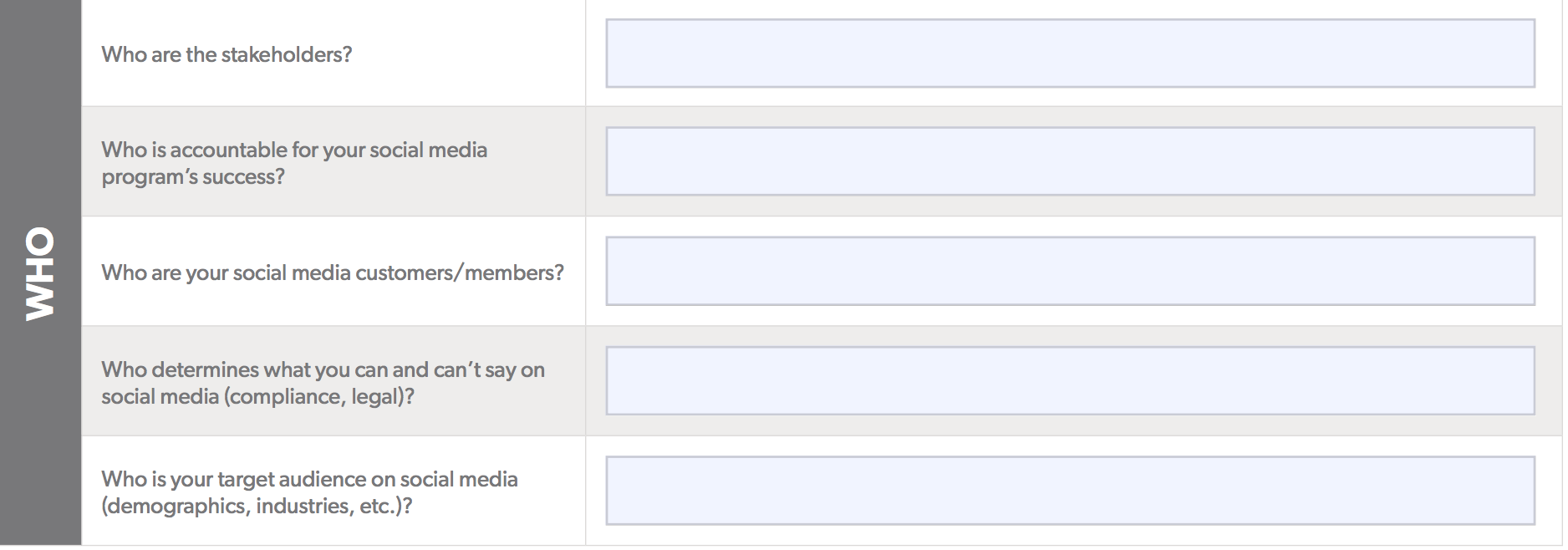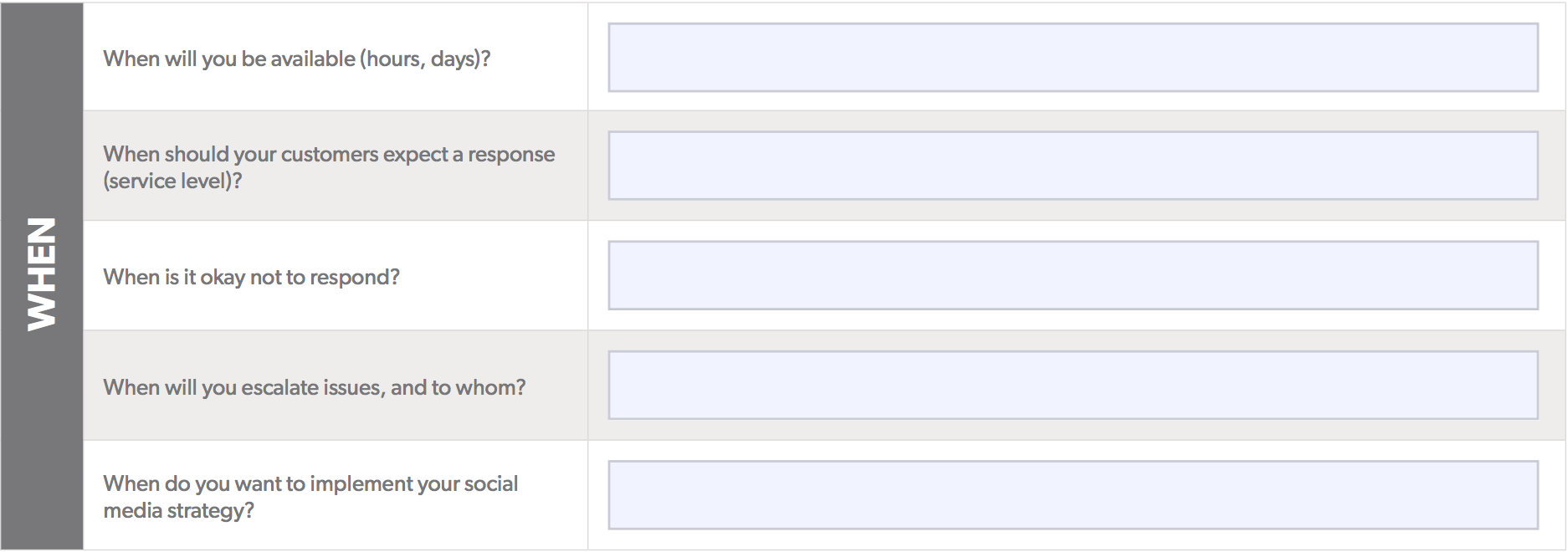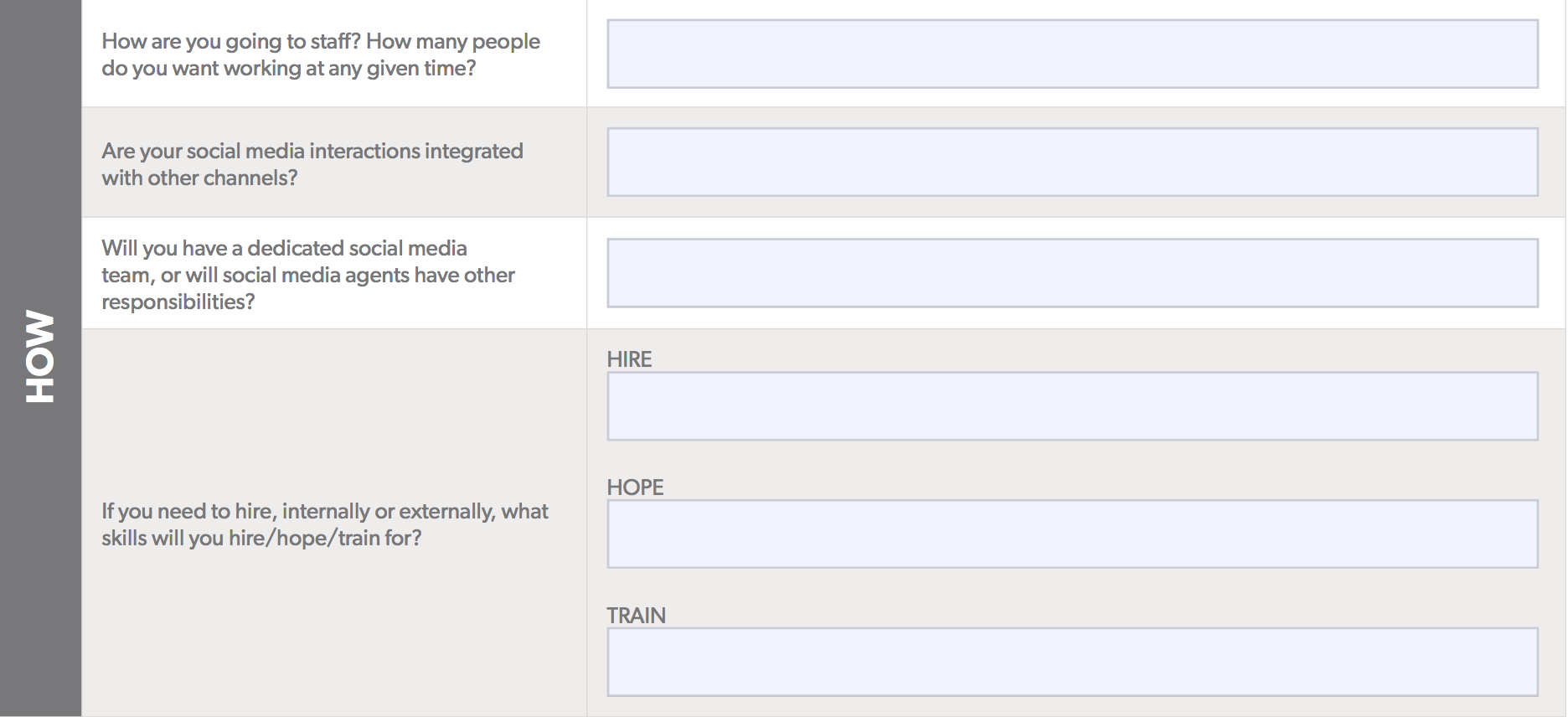
Ask your organization this: Would you let the marketing department take over for your contact center agents? No! So why would the marketing department own social media customer service? The usual response is that since the marketing and PR departments started the company’s social presence, they should field service inquiries and then funnel them when and where appropriate. The reality is that there are too many cooks in the social media kitchen, and often no clear rules on who owns what. Social marketing campaigns bleed into social service inquiries and service inquiries turn into opportunities to create ongoing social relationships.
ICMI research indicates that over two-thirds of contact centers acknowledge social media is a necessary customer service channel, yet many are still challenged with where to begin. Even the 41% of centers that support social recognize that the channel is still evolving, and that customer and brand expectations don’t always align. That’s why having a sound strategy in place is critical!
To put effective social care in place, you’ll need an updated customer access strategy. Below is a quick summary of each of the components, followed by a worksheet you can use to evolve your social customer service.
1. Customers. Who are they? How do they choose to communicate? Which sites do they frequent? Where are they talking about your services, company, market, and competitors?
2. Contact types. This component anticipates all of the major kinds of conversations that will occur (e.g., inquiries, orders, policies, support, feedback, etc.).
3. Access alternatives. This step identifies traditional communication channels (telephone, email, chat, self-service, etc.) as well as new options you may want to join or create for listening to and engaging with customers (e.g., blogs, rating sites, peer-to-peer communities, key social networks, etc.).
4. Hours of response. Today’s customers are always on, always connected; how that impacts the approach you take in assigning resources depends on the nature and importance of the issues being discussed and the service or brand implications of providing timely input.
5. Service level objectives. As with hours of operation, your service level objectives should be driven by the gravity of the conversations taking place and the responsiveness appropriate to your brand and your customers’ expectations.
6. Routing. This is a long-used term that’s as relevant as ever. Think of automatic call distribution (ACD) capability for social media interactions: what tools and processes do you need to identify, prioritize, and deliver relevant customer conversations to the right agents?
7. Agents required. This component helps identify who will handle social interactions, how many you’ll need based on anticipated workloads, how you will establish agent groups (blended or separate, new or existing), and which tools and support they will need.
8. Information required. What information on customers, products, and services will need to be accessible to agents and customers? What information should be captured?
9. Analysis and business unit collaboration. This step defines how you will capture and share information that can help improve the organization’s products, services, and processes.
10. Guidelines for deploying new services. This step summarizes technology architecture, investment guidelines (how plans must be analyzed for returns, etc.), and other overarching considerations.
FINAL ADVICE:
If you’re hoping to move your contact center toward omnichannel service, it’s important to keep this goal in mind as you deploy social media for customer care. Make sure customer history from social media interactions can flow across channels, so agents and customers can carry on a continuous conversation that feels effortless and personal. When agents can see every step in a customer’s journey, then they can improve engagement and reduce effort. For example, if a customer tweets about an internet outage, and then calls in later that day, the agent should be able to acknowledge that interaction by saying, “Hi, Bill! I notice that you were having trouble connecting to the internet. Do you still need help with that?” Whether you build it or buy it, a customer service platform that allows a single conversation across all channels enables this level of knowledge, and cloud versions make deployment and updates easy
Social Media Self-Check





Print your own social media self-check here!
For other integrated contact center best practices on chat, self-service, email, mobile, and omnichannel cloud download our full whitepaper with ICMI "Essential Best Practices for Seamless, Integrated Service in the Contact Center."

